“Culture,” in its simplest form, consists of the attitudes, beliefs, and perceptions of a collective group of people. It shapes their behaviors, decisions, and choices and is, therefore, a complicated but highly influential component of the safety equation.
Individual organizations tend to develop their own subcultures, resulting from distance, unique shared experiences, or just variations in management style. Unfortunately, these variations may lead to the breakdown of the overall mission, vision, and values; that breakdown can lead to medical errors.
Does your staff fear they will be punished for mistakes? Or do they believe your organization will fairly evaluate your systems and treat staff justly?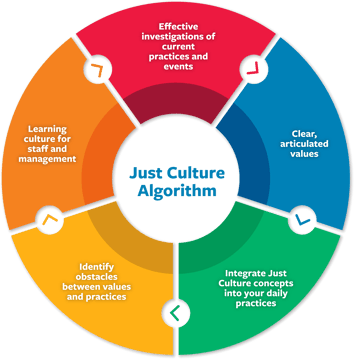
Patient and provider safety is important, but how do we establish a culture that encourages open reporting of adverse events and risky situations, yet holds people accountable in a just manner? The challenge lies in distinguishing between a system that might create risks, or human error which may result in a bad outcome, and reckless behavior that intentionally puts lives or organizations at risk.
The Center for Patient Safety is able to customize education for your leaders and staff after a culture assessment that is specifically designed for your organization based on the results from your assessment.
Culture change is a transformative process. Just as sailors would not begin a voyage without a map and navigation tools, culture change requires planning and direction.
It’s estimated between 250,000 and 440,000 patients in the U.S. die every year from medical errors. The wide margins are mostly due to not having a reliable way to measure all deaths that tie back to a medical error, so we must rely on estimates. The exact number is not as important as the people being harmed and dying of medical errors.
As you continue on your journey, participating with a PSO can help. Many states around the nation do not provide adequate confidentiality or peer review protections for providers. A solution to overcome this barrier comes to you via participation with a Patient Safety Organization (PSO).
Key PSO Points:
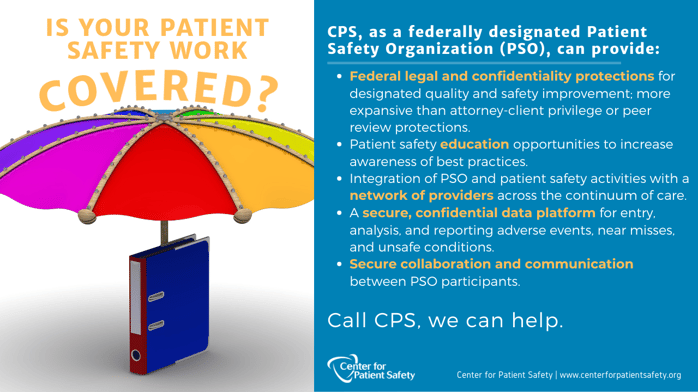
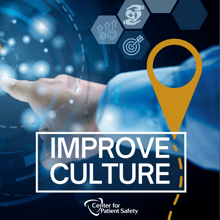
The links between organizational culture, safety, and quality are nothing new. Many industries have generated high-reliability outcomes by addressing culture change. Having a benchmark that leaders can use to provide perspective on the health of their safety culture is a valuable component of improving culture.
The Center for Patient Safety seeks to improve deficits through the use of an assessment process that includes a survey with a quantifiable snapshot in time of your safety culture. The snapshot allows you to:
As a PSO, the Center for Patient Safety offers federal-based confidentiality protection for your safety and quality improvement work. Key PSO Points:
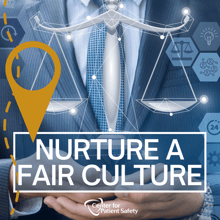
Learn how to enhance patient safety culture leading to improved patient outcomes. This 7-part virtual webinar series includes:
A resource library provides the recorded sessions, slides, tools, forms, and references. A discussion board keeps participants connected and engaged. The curriculum may be customized to meet your needs.
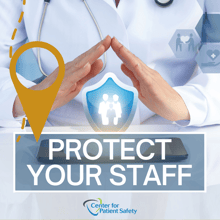
Today's healthcare workforce is facing a multitude of challenges. Most health care providers adjust well to the multitude of demands encountered during a traumatic clinical event or challenging times. Providers often have strong emotional defenses that carry them through and let them “get the job done.” Yet sometimes the emotional aftershock (or stress reaction) can be difficult. Signs and symptoms of this emotional aftershock may last a few days, a few weeks, a few months, or longer.
Our team is happy to respond to requests for more information. Simply provide us with a few details about the challenge you're experiencing, or what program(s) you think would be helpful, and we'll prepare a plan that fits your needs.

400 Chesterfield, Ste #400, Chesterfield MO 63017 573-636-1014